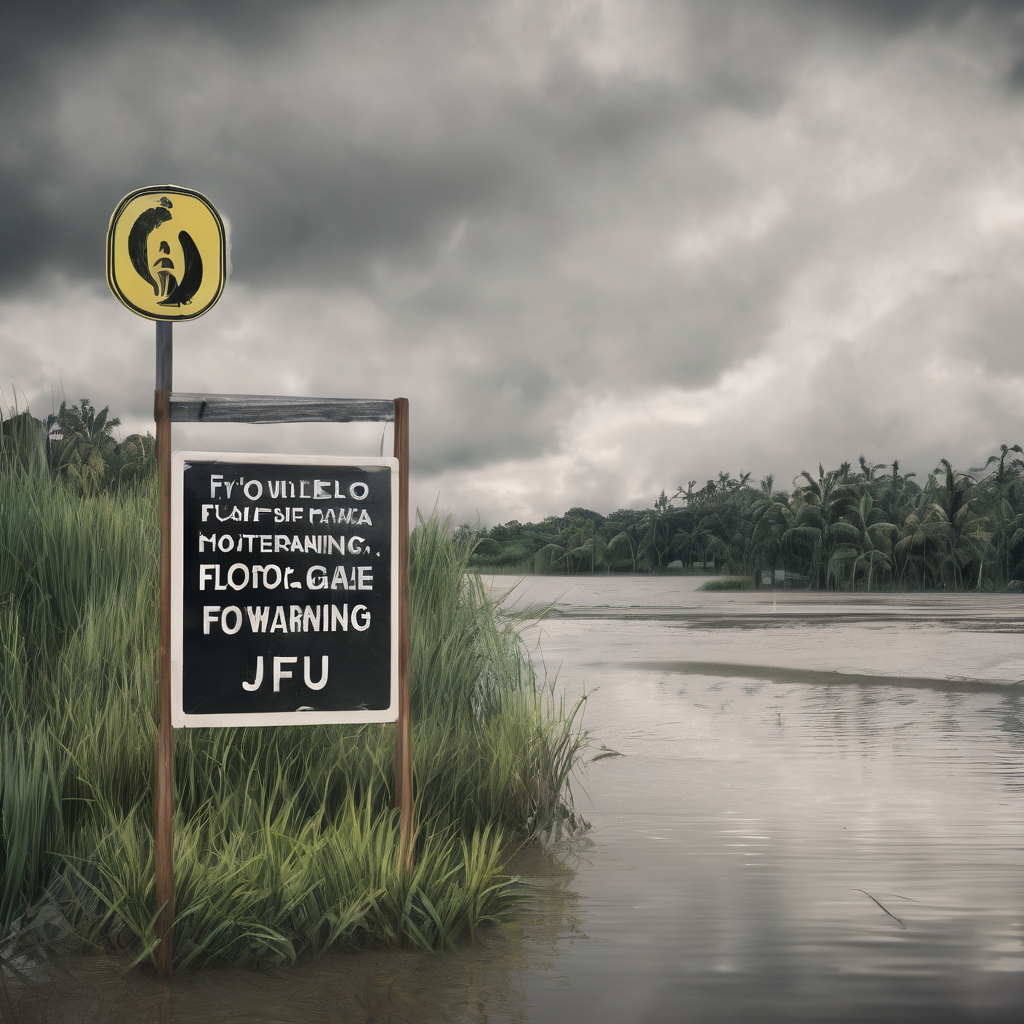The Bureau of Meteorology has issued a significant flood alert for Eugowra, a village in central western New South Wales, warning of dangerously high river levels expected later in the afternoon. Tragically, shortly after this warning was publicized, the village was hit by a catastrophic flash flood, which survivors described as a “wall of water” or an “inland tsunami.”
On November 14, 2022, the flood claimed the lives of two residents, Diane Smith, 60, and Ljubisa “Les” Vugec, 85. The disaster prompted 124 helicopter rescues as locals sought refuge in trees and on rooftops as waters rose rapidly. Nearly every home in the village, populated by around 800 people, sustained severe damage or complete destruction when the Mandagery Creek surged to a peak of 11.02 meters.
An inquest is currently underway to examine the deaths of Ms. Smith and Mr. Vugec and to assess the circumstances surrounding the flash flood, including the effectiveness of the weather warnings and the emergency response. Matthew Collopy, a senior manager at the Bureau of Meteorology, defended the clarity and timeliness of the flood warnings issued, stating that they were based on thorough data from various sources such as rain and river gauges and weather radars. However, he noted that upstream gauges at Toogong and Smithfield had been damaged, preventing data transmission and creating gaps in the information available during the flooding event.
It was also highlighted that there were no monitoring instruments at the creek within Eugowra at the time of the disaster. To address this gap, Mr. Collopy noted that a telemetric gauge has been prioritized for installation as part of a federal government initiative to enhance flood warning systems, although it is still waiting for several planning approvals. He acknowledged the significant challenge of managing the extensive network of flood warning instruments across Australia, with only a small portion being monitored by the Bureau of Meteorology.
As the inquiry unfolds, it underscores the urgent need for improved flood prevention strategies and advanced warning systems to prevent future tragedies. With climate change leading to more frequent and intense extreme weather events, the implementation of better technology for flood monitoring and community preparedness is becoming increasingly essential.
The emergency response efforts during this disaster showcased the resilience and bravery of both the local community and the involved agencies. This incident is a poignant reminder of the strength found in community ties and the critical importance of being prepared for natural disasters. As the affected community works toward recovery and rebuilding, there is optimism that the lessons learned from this experience will drive enhancements in safety measures and support against potential future flooding events.
